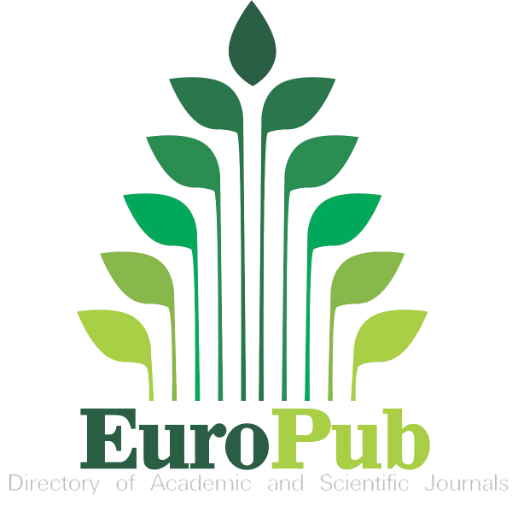A Proposed Typology of Sampled Material Within Electronic Dance Music
Keywords:
EDM, sample, sampling, musical borrowing, production, composition, electroacoustic, mimesis, transcontextuality, spectromorphology, source bondingAbstract
The following article contains a proposed typology of sampled material within electronic dance music (EDM). The typology offers a system of classification that takes into account the sonic, musical and referential properties of sampled elements, while also considering the technical realisation of material and the compositional intentions of the producer/DJ. Illustrated with supporting examples drawn from a wide variety of artists and sub-genres, the article seeks to address the current lack of research on the subject of sample-based composition and production, and provide a theoretical framework for further discussion of EDM sampling practices. In addition, it demonstrates how concepts and terminology derived from the field of electroacoustic music may be successfully applied to the study and analysis of EDM, resulting in an expanded analytical methodology.Downloads
Published
02-Jun-2014
Issue
Section
Feature Articles
License
Authors who publish with this journal agree to the following terms:- Authors retain copyright and grant the journal right of first publication with the work simultaneously licensed under a Creative Commons Attribution-Noncommercial-Share Alike License that allows others to share the work with an acknowledgement of the work's authorship and initial publication in this journal.
- Authors are able to enter into separate, additional contractual arrangements for the non-exclusive distribution of the journal's published version of the work (e.g. post it to an institutional repository or publish it in a book), with an acknowledgement of its initial publication in this journal. Such derivate works or subsequent publications must happen no less than one calendar year after the initial publication date in Dancecult.
- Authors are permitted and encouraged to post their work online (e.g. in institutional repositories or on their website) prior to and during the submission process, as it can lead to productive exchanges, as well as earlier and greater citation of published work (See The Effect of Open Access).






